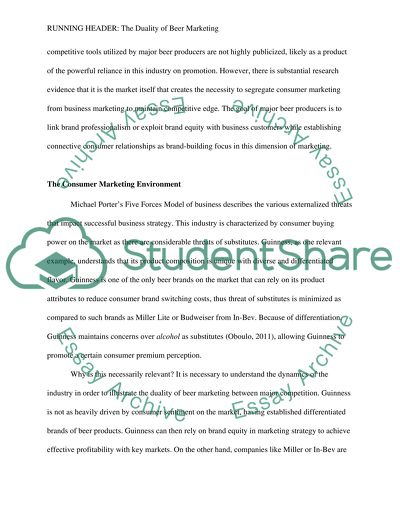Cite this document
(“Duality of Beer Marketing: Marketing to Consumers and Businesses Term Paper”, n.d.)
Duality of Beer Marketing: Marketing to Consumers and Businesses Term Paper. Retrieved from https://studentshare.org/marketing/1401506-duality-of-beer-marketing-marketing-to-businesses
Duality of Beer Marketing: Marketing to Consumers and Businesses Term Paper. Retrieved from https://studentshare.org/marketing/1401506-duality-of-beer-marketing-marketing-to-businesses
(Duality of Beer Marketing: Marketing to Consumers and Businesses Term Paper)
Duality of Beer Marketing: Marketing to Consumers and Businesses Term Paper. https://studentshare.org/marketing/1401506-duality-of-beer-marketing-marketing-to-businesses.
Duality of Beer Marketing: Marketing to Consumers and Businesses Term Paper. https://studentshare.org/marketing/1401506-duality-of-beer-marketing-marketing-to-businesses.
“Duality of Beer Marketing: Marketing to Consumers and Businesses Term Paper”, n.d. https://studentshare.org/marketing/1401506-duality-of-beer-marketing-marketing-to-businesses.


